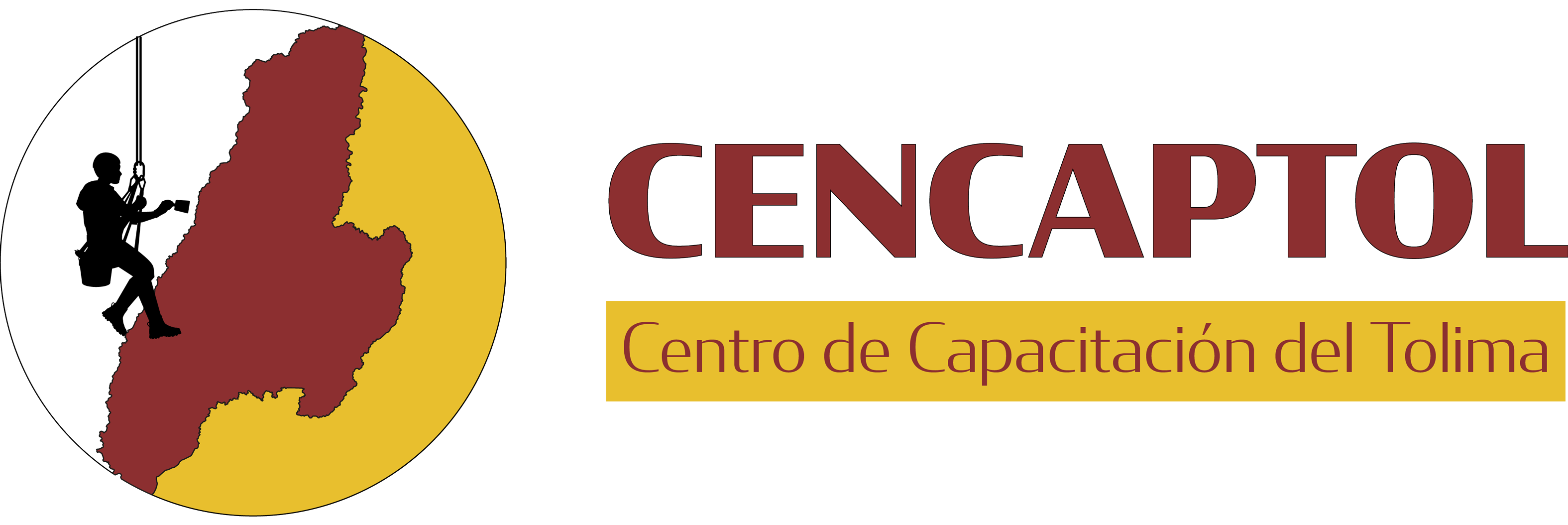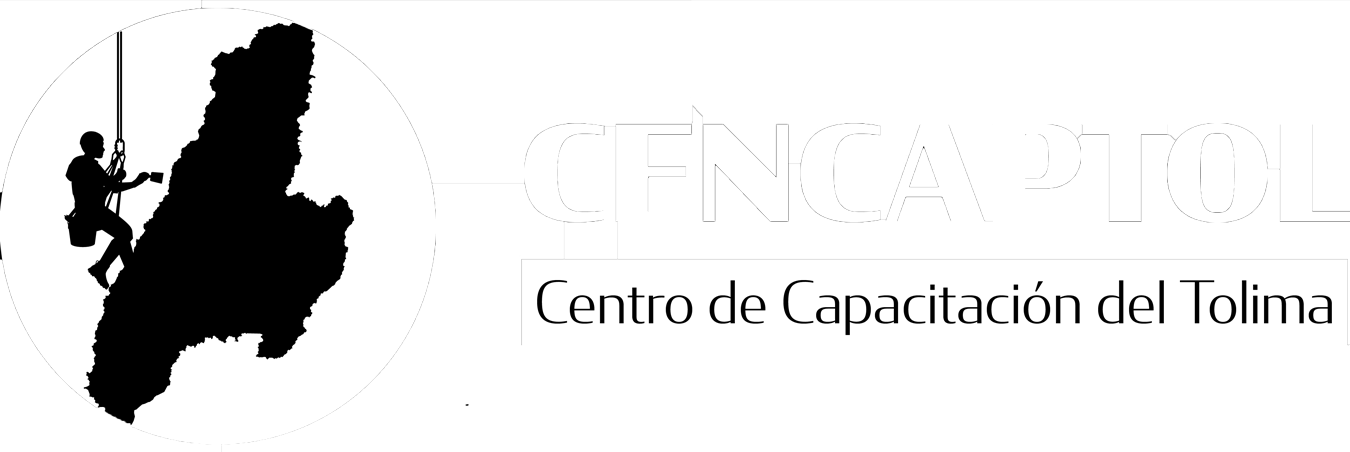Содержание
But perhaps the biggest initiative in this direction is the one spearheaded by Accenture and Microsoft in 2017. The initiative sought to provide a blockchain-based ID network for illegal aliens, refugees, and people who do not possess any government-issued documents. This is a massive undertaking, affecting no less than 1.1 billion people worldwide.

The thing is, cheap money has been cool and something “normal” for many years. If you are an economist, or trained as one, you have been living in a great experiment that is interesting and scary at the same time. More security; the implementation of neoteric biometric data is instrumental and imperative in making the fintech industry even more secure than it was. Therefore, it is crystal clear that the fintech software will have to become more compliant with each of the regulations applicable.
Account owners can approve ways to securely share their financial information with alternative financial providers. This allows third-party providers to gain access to the customers’ financial information through open APIs. Open banking opportunities are used by many fintech Top fintech trends startups that provide budgeting, cost tracking, financial planning, lending and other services. Leveraging open banking APIs will drive the market this year and it’s expected to reach $19.14 billion in 2022, up from $15.13 billion in 2021, according to Business Wire.
Implementation Of Customer
Financial institutions will be no exception, allowing for faster transactions and giving customers the convenience they demand. Here the solution is in partnership with traditional banks, where customers can shift to traditional and digital banks at their convenience. Digital-only banks might be superbly cheaper and more convenient but what happens to customers when they ran into problems and can’t seem to settle everything online? In traditional banking, customers can at least force themselves to get out of their homes and storm the nearest bank branch to settle matters. Research Reports World is the credible source for gaining the market reports that will provide you with the lead your business needs. Our aim is to provide the best solution that matches the exact customer requirements.

In October, Plaid announced a new payments partner ecosystem that will attempt to make ACH bank transfers a more attractive alternative to credit card transactions. MX and Akoya will leverage their financial institution-friendlier business models to escalate the open banking war. Anyone who’s paid attention to the banking and fintech space in 2021 knows how hot embedded finance is. Forecasting the continued success of embedded finance and banking-as-a-service doesn’t take a crystal ball.
In the year 208, Open banking generated around $.29 billion and is expected to reach $43.15 billion by the year 2026 at a CAGR of 24.4%. According to the World Bank, there are almost 1.7 billion people in the world who are unbanked as they don’t have access to the banking facilities. Blockchain ensures that the information stored is secured end-to-end along with the minimum risk. As per the new research published by deVere Group, the COVID-19 pandemic has caused a massive rise of 72% in the use of FinTech apps in Europe. These days, cryptocurrency still operates at a high level of uncertainty, and providing safety of money transfers is a real challenge.
Customer Experience: Key Pillars For Continuous Improvement
With the rapid evolution of customers wanting online services and transactions, it has become essential to make banking and financial services online and user-friendly. As customer expectations rise, the most successful companies are looking to provide more comprehensive services without limits. For example, profitable international payments, the ability to trade crypto, stocks, goods in one application, and so on.
A fintech payment platform) handles between two to three million requests a day. It is said to be between 30-60% more efficient, in terms of processing speed, at addressing concerns than human handling the request. Big Data allows companies to analyze the most frequently asked questions to create customer-focused chatbots that help clients solve issues without the need for a physical customer service specialist. AI helps predict consumer behavior and enables targeted product recommendations to improve the customer journey and upsell customers automatically.
Concerted Efforts Are Being Made To Increase Financial Inclusion
People are already used to utilizing voice assistants to search for information, manage their homes, or order goods. This technology makes daily life more convenient, so it was natural for fintech companies to pick up this trend to improve user experiences. Besides payments, voice technology is used for quick and easy peer-to-peer transfers. What is more, voice can be used for enhanced protection of sensitive user data and to make financial services accessible for people with disabilities. Although the times of global lockdown seem to be over, the impact of COVID-19 on digital transformation remains stable for the coming years.
- According to McKinsey, AI can deliver incremental value of up to $1 trillion each year if harnessed with success.
- Cloud solutions We have extensive expertise in cloud computing projects for all business sectors.
- For digital banking platforms, decentralization will have a significant impact.
- This movement is beneficial for the financial industry, which had long since come to its senses to undergo a major overhaul on a global scale.
The steady population growth rate from the likes of China and India will further drive fintech to territories unknown. Without going to the deep technological, legal, and philosophical underpinnings of contracts, smart contracts simply digitalize trust in a way that makes transactions robust, safe, and enforceable anywhere. If fintech is to move forward, fintech is the engine that makes it possible. All indicators point to China leading the global fintech industry. The sharp ups and downs experienced by fintech have made investors more careful in their investments.
Mobile
If the request is approved, the money is transferred in real-time to the recipient. One example of this technology is Zelle, which has partnered with several banks like Huntington. The main goal of any fintech app is to solve user’s problems by introducing a seamlessly working A to Z process for both – businesses and users. To develop a successful fintech app, it’s critical to work with professionals who already have experience integrating complicated systems into a mobile app. With a heightened regulatory focus on security and transparency and advanced mobile payments integration, acquiring technology will become among the new tech trends for fintech in 2022. This is especially true in fraud prevention or innovative product development.
Banks across the world are now looking to incorporate AI in their operations. As per the Autonomous research, AI will reduce 22% of the bank’s operational expenses by the year 2030. In other words, banks can save as much as $ 1 trillion by employing AI. The predictions or trends that we mention here might not necessarily new. However, their adoption rate is noticeable and we believe that their adoption rate will enhance rapidly in the year 2022.
Blockchain is set to take the stage big time, pushing the capabilities of digital wallets. Nations will be happy to adopt all these tremendous technologies if regulations, security, and national standards are well in place. Nelly Montoya is a director in RSM’s management consulting practice, specializing in organizational performance change management services. Nelly partners with sponsors and stakeholders as a change management professional, leveraging over nine years of experience working with national and international clients.

Investors will ramp up their targeting of jurisdictions considered to be underdeveloped in terms of financial services — making more deals in regions like Africa, Southeast Asia, Latin America, and the Middle East. Real-time last sale data for U.S. stock quotes reflect trades reported through Nasdaq only. Intraday data delayed at least 15 minutes or per exchange requirements. In United States the FinTech in Insurance market size is expected to grow from USD million in 2021 to USD million by 2028, at a CAGR of during the forecast period. This report focuses on global FinTech in Insurance market Share, also covers the segmentation data of other regions in regional level and county level. According to crypto-fundraising database Dove Metrics, total VC funding for crypto projects in June was $3.67 billion, 18 percent lower than May’s $4.45 billion but up 60 percent from a year ago.
For instance, you can pay a bill with Paypal, receive your salary in Wise, and manage your finances using the Chase app. However, dealing with various apps can be tedious and time-consuming, detracting from the customer experience. The future is bright with RegTech as various exciting trends drive its growth. One is the use of biometrics for anti-money laundering, as well as Know Your Customer processes, and onboarding verification. RegTech works by combining artificial intelligence and big data to monitor transactions and identify irregularities.
How Mobile Wallets Boost Financial Inclusion
These trends will result in better transparency, faster transaction processing, improved assistance to the client, and enhanced availability of financial data. To avoid the risk of losing crypto assets, institutional investors leverage cryptocurrency custodians — third-party services that provide secure storage for crypto assets. As cryptocurrencies are getting more and more traction, new crypto custodians appear on the market, with their number likely to increase in the near future. ExtoBit allows making hyper-quick transactions that are very convenient for users.
Another top fintech trend is embedded finance, which allows financial technologies to be integrated into non-financial products. For example, at checkout on a website, a user could select an option to buy an item in multiple installments. Another application of this is choosing to add on insurance for an item like a car or electronic device at checkout. As a result, this can increase conversions, yield more valuable data, and increases the competitiveness of products. The Royal Bank of Canada uses the power of AI to improve user experience and deliver new applications to customers faster.
BNPL allows customers to pay for a product or service in multiple installments. It can also allow a customer to purchase extra products and services and pay for it as a more convenient time. Meanwhile, for e-commerce customers, new developments in digital wallets and QR codes have supported growth in this industry, propelling e-retail sales in excess of $4.2 trillion in 2022 . Fintech software development process on detailed and individualized scrutiny of our customers’ needs. More freedom; fintech aims at being a unified platform for free payments worldwide, and your customers will definitely appreciate the part you play in this endeavor. Enormous and even mammoth volumes of fiscal regulatory documentation can be handled automatically, saving banks and other financial institutions a considerable amount of money and time.
For web apps, they are HTML, CSS toolkit, and Javascript for front-end and Java, Python, Materialize, PHP, JavaScript, and Dart for back-end. The latest tech stack includes LAMP stack, Python-Django, and MEAN stack for developing more complex features. We’ve introduced and clearly communicated six levels of membership users can choose from in terms of marketing. As a result, ExtoBit has opened with a consistent number of early adopters and still keeps expanding its user base. At the same time, each of these adjustments will pass the strict regulation and discussions on compliance with the traditional finance norms and standards.
For example, the Consumer Finance Protection Bureau, noting the rapid growth of “buy now, pay later” , opened an inquiry into five BNPL companies late in 2021 and has signaled its intent to regulate the space. Of the 18 enforcement actions issued by the CFPB in 2021, only one was issued to a fintech company, but the CFPB’s mandate to protect consumers means it’s only a matter of time before more regulation is in place. DeFi is an alternative to the current financial system, relies on blockchain technology, is open and global and has no need for a central governing body. Most current DeFi projects use the Ethereum network and various cryptocurrencies. By using decentralized apps, users can trade, lend, borrow and exchange assets directly with each other instead of relying on an intermediary. The net value locked in DeFi protocols, according to The Block, grew from $16 billion in 2020 to $101.4 billion in 2021, demonstrating its potential.
In 2022, be prepared to take the adage “there’s an app for that” to the next level. So-called “super apps” offer vast and diverse suites of https://globalcloudteam.com/ services and products from one platform. These services include transportation , retail , food delivery , banking, entertainment and more.

